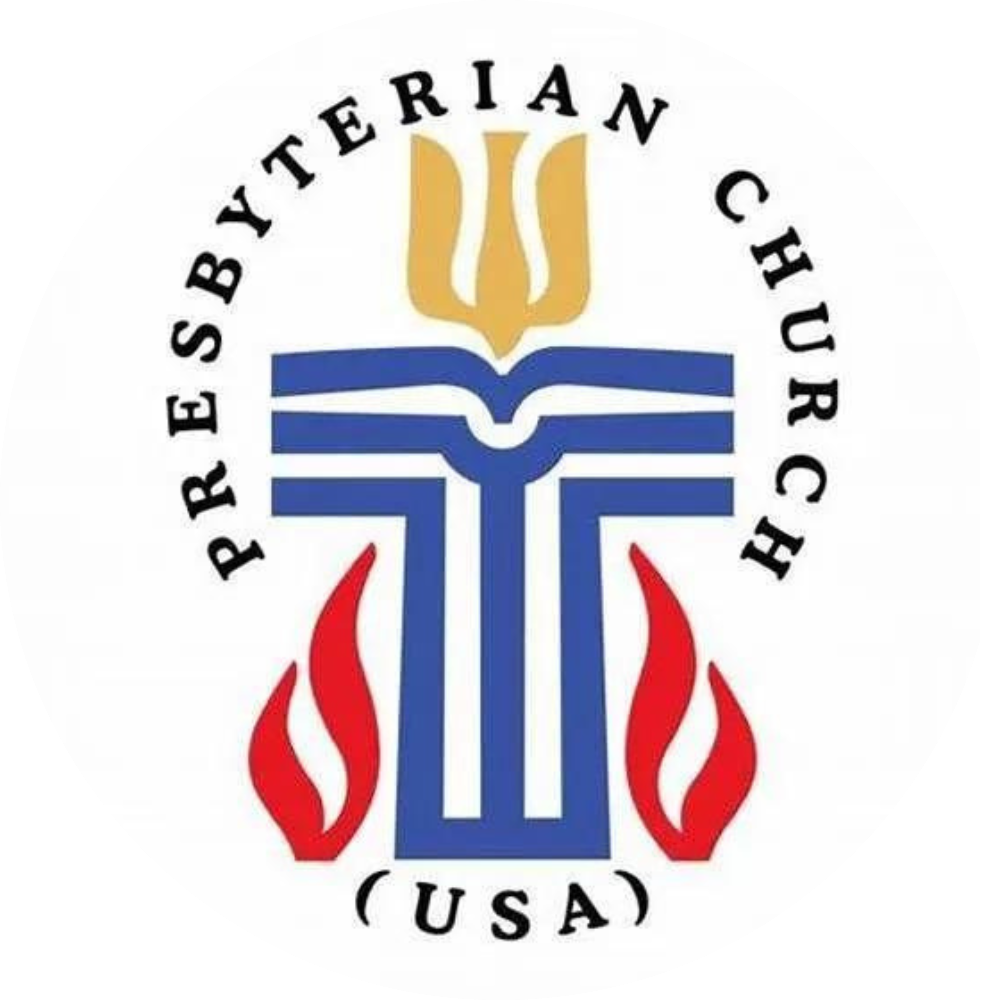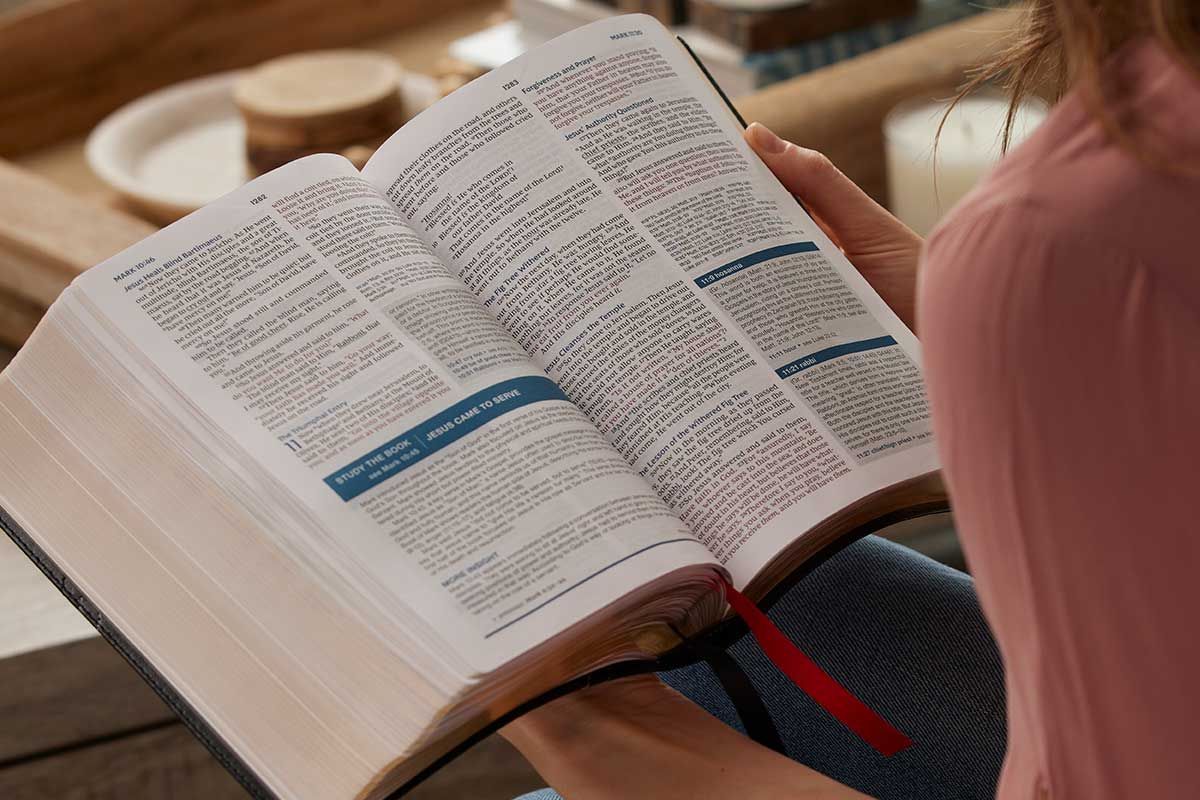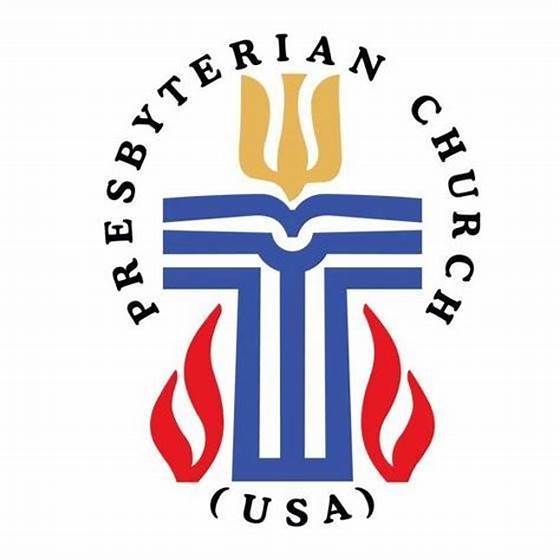Get in touch
555-555-5555
mymail@mailservice.com

First Presbyterian Church of Mount Clemens
First Presbyterian Church of Mount Clemens
Blogs

By Kathlyn Nealand
•
26 Apr, 2024
The oldest and most purchased book is the Bible. It is filled with wonderful stories of our ancestors that include family drama, conflict, wars, poetry, songs, prayers, mysteries, and miracles. Interwoven throughout is the story of God’s faithfulness, love, patience, wisdom, grace, judgment, and forgiveness. For anyone wishing to take a deep dive into these sacred stories, the first step is choosing a translation that best helps the reader to understand and interpret the message. Since the invention of the printing press, there have been a plethora of different translations written that are based on the original source documents and put into the language of the people. Each generation and each faith community have their favorite go-to version. The list below shows the most common or popular versions that a reader may want to consider when choosing what version they will use to begin their study. We recommend that a reader use Biblegateway.com to check out each version before purchasing a Bible. BibleGateway gives more options to consider, but this is a good beginning. The Top 10 Best Selling Protestant Bibles 1. New International Version (NIV 2. King James Version (KJV) 3. New Living Translation (NLT) 4. English Standard Version (ESV) 5. New King James Version (NKJV) 6. Christian Standard Bible (CSB) 7. Reina Valera (RV Spanish) 8. New International Reader's Version (NIRV) 9. The Message 10. Nueva Verson International (NVI Spanish) You can find descriptions about these and other Bibles at Bible Versions and Translations Online (biblestudytools.com) . One of our favorites is the Voice Bible (2012). Here is a description: The Voice™ is a faithful dynamic equivalent translation that reads like a story with all the truth and wisdom of God's Word. Through compelling narratives, poetry, and teaching, The Voice invites readers to enter the whole story of God, enabling them to hear God speaking and to experience His presence in their lives. It is written for the new reader and combines historical and study notes. Have fun selecting a version that works best for you. It can also be helpful to have a couple of different versions that can add to your understanding. We at First Presbyterian have the New Revised Standard Version in the pews but often read from other versions during worship and Bible studies. Our next blog will give the reader next steps in reading the Bible.

10 Mar, 2024
As we journey through the Lenten season, a time of reflection, repentance, and renewal, the First Presbyterian Church of Mount Clemens invites you to view this sacred period through a unique lens: the colors of Lent. Traditionally, the liturgical calendar associates specific hues with the season, each carrying profound meanings that can enrich our spiritual practices. This year, we've expanded the palette to include black, white, and orange, alongside the traditional colors, offering a broader spectrum of reflection. The Colors of Lent: Black symbolizes our sin and the ashes from Ash Wednesday, reminding us of our mortality and the need for repentance. Green signifies new life and hope, a reminder of the redemption that comes through Christ. Orange represents youthfulness, vibrancy, and creativity, encouraging positivity and happiness in our faith journey. Purple reflects God's love, royalty, and the nobility of Jesus, the King of Kings. Blue denotes deep reflection, urging us to confront our darker side to clear the way for spiritual clarity, like the sky after the clouds have parted. Yellow illustrates the light within us and God's presence guiding us like the sunlight. Red emphasizes importance and sacrifice, honoring the martyrs of our faith and Jesus' ultimate sacrifice, as well as the descent of the Holy Spirit at Pentecost. White symbolizes Easter's joy, representing purity and the cleansing of our sins through Christ's sacrifice. Praying with Colors: To physically manifest this journey, we encourage you to create a string of beads in the colors mentioned above, culminating in a cross to symbolize resurrection and healing. This tangible representation serves as a tool for meditation and prayer, allowing each color to guide your reflections on the corresponding aspects of your faith and life. The Cross: The addition of a cross at the end of your string of beads is a powerful reminder of Jesus' resurrection and the hope it brings to a broken world. It's a call to remember the ultimate sacrifice made for us and the transformative power of Easter. Embrace the Season: This Lent, let's embrace the opportunity for growth and change that this season offers. By reflecting on the meanings behind these colors, we invite a fuller, more vibrant understanding of God's love and our journey toward redemption. Let the colors of Lent guide your prayers and meditations, enriching your spiritual journey toward Easter. Join us in praying the colors of Lent this season, and may this practice bring depth and richness to your Lenten observance.
Office Hours
- Tuesday - 9 to 2 pm
- Wednesday - 10 to 3 pm
- Thursday - 10 to 3 pm
- Friday - 9 to 2 pm
Sunday Worship: 10 am
Summer Worship - June through First Sunday in September - 9:30 am
Office Phone: 1-586-465-0461
Office e-mail: office@fpcmtclemens.com



